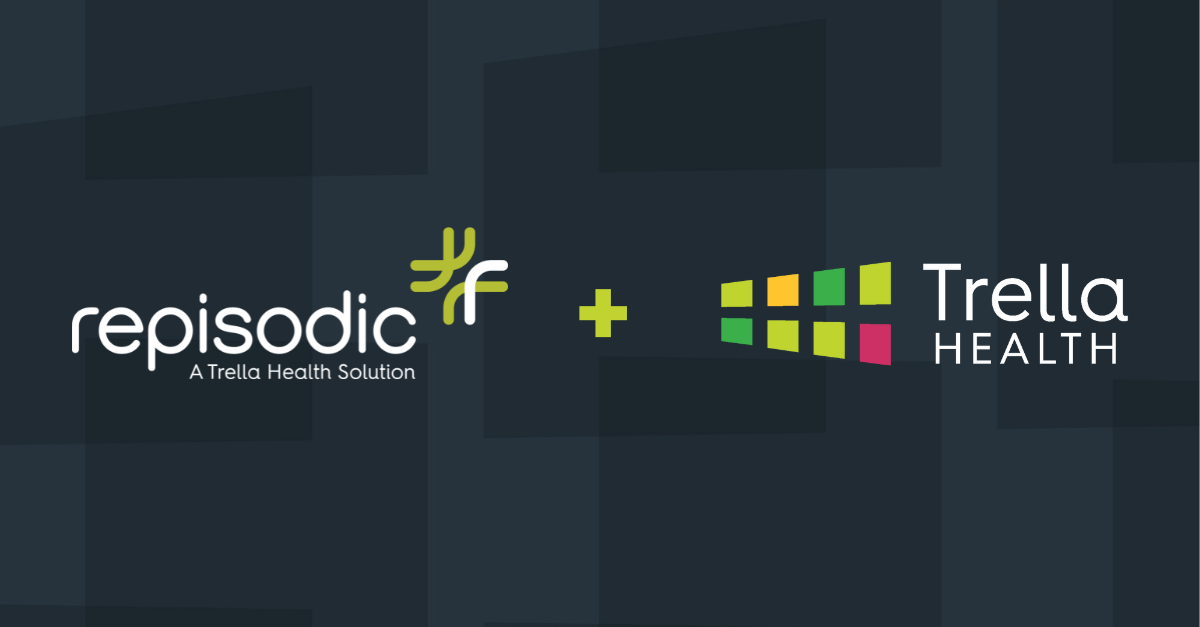BLOG
Virtual Meeting Best Practices to Drive Post-Acute Referrals
By: Shelly Wing | August 20, 2020
In the past few months, due to social distancing and COVID-19 safety guidelines, there’s been a significant increase in remote meetings and virtual business development. We’ve seen this across multiple industries, and the post-acute care market has been no exception. Before the pandemic, physicians and patients had already started to embrace virtual options with telehealth solutions growing in popularity. Meetings with referral sources, however, primarily remained in-person for a variety of reasons. But, once shutdowns and shelter-in-place orders went into effect, sales and marketing reps had to quickly pivot and begin embracing remote meeting solutions.
Restrictions may have eased in many industries, but face-to-face healthcare meetings continue to be challenging – and are sometimes impossible due to safety protocols. To overcome these roadblocks and engage with their referral sources, marketers need to continue leveraging digital meetings and materials. And, while it may seem like one more challenge in an already difficult process, virtual meetings provide many benefits.
The Virtues of Virtual Meetings
While it’s often easier to catch up with a provider by dropping by their practice or facility, digital meetings can be more convenient for your prospects and partners. Without travel time and traffic impacting your schedule, you have more time to meet with new and existing referral partners. Among other positives of virtual meetings, Event Manager Blog cites:
- Digital meeting providers are generally inexpensive – many even have cost-free options to use
- Digital meetings give you opportunities to connect people across disparate locations, allowing you to meet with multiple stakeholders at once
- With less time spent physically traveling from location to location, more time can be spent determining your target market, analyzing competitive data, highlighting your differentiators, or scheduling additional meetings
Despite these advantages, virtual meetings have some drawbacks and it’s important to be aware of the following challenges that may arise:
- Time is precious and distractions happen; keep your content simple and engaging
- Ask for feedback and actively engage your audience; it’s harder to read facial cues and body language
- With the unpredictability of technology, you should be sure to have a backup plan in case you get disconnected
- Finding a time that works for all parties can be challenging; provide multiple time slot options or use a scheduling solution like ChiliPiper or Calendly
When a virtual meeting is your only option, set yourself up for success by following a few best practices:
1. Create a Professional Atmosphere
You may not be able to control other participants’ environments, but you can control much of your own. In a recent article for Forbes, Joseph Liu recommends creating a professional environment by setting up a home office space conducive to an effective virtual meeting. Connecting from a carpeted room will help dampen echoes and choosing a neutral background will cut down on visual distractions. If your lighting isn’t optimal, set up an additional desk lamp or two to help participants see you better. Lastly, don’t forget to set your webcam to eye level to better simulate an in-person conversation.
2. Test Your Technology and Address Issues Before You Connect
A poor internet connection can cause glitches and gaps in your digital interaction, which can be frustrating for everyone. You can avoid most technology-related issues by testing your connection and equipment before you connect on an important call. Do a dry-run with another member of your team before you connect with a new or existing referral source.
As you work out the bugs with your computer, connection, and any other technical items, you may also want to test out a few different solutions to see which works best for you and your team. Zoom has gained significant popularity since the beginning of the pandemic, but it’s not the only solution available. Microsoft Teams offers a comprehensive software suite with video, audio, and chat options. Google Meet is a free solution, but it doesn’t offer the same security features as a paid solution like Zoom, Teams, or Skype for Business.
3. Pre-Meeting Preparation Is Essential
Without the opportunity to meet face-to-face, preparation is more crucial than ever. When you can’t leave behind marketing materials or branded items as friendly reminders of your meeting, you can still leave behind a great impression when you have the analytics to show why a physician or facility should partner with your agency. Take this opportunity to dive into the metrics that matter most for your prospective referral partners. In Marketscape, you can easily pull graphs, tables, and competitive data into custom presentations that tell your story and give prospective partners a reason to choose your agency.
4. Present Winning Content
Finally, organize the structure and content of your meeting. Create an agenda and share it before the call so participants have a clear understanding of the format and goals for the meeting. Enable video for the meeting to make it feel more like an in-person discussion, where people can see each other’s faces and gauge their reactions better.
Run through the whole meeting a few times ahead of the call, and ensure that your presentation is short and sweet, with time for questions and discussion afterward. Additionally, as you choose which metrics to cover and what topics to discuss, don’t be afraid to get into the meat of the subject matter.
While meeting virtually is a new skill for many of us, the Harvard Business Review shares some of the key benefits of remote meetings when all participants are fully engaged. They not only offer time savings but the opportunity to stay connected in a safe and socially distanced manner. These tips can help you lay a foundation for a successful virtual meeting. If you’re seeking additional resources to leave a lasting impact on referral partners, it’s critical to also share the metrics that matter most to your referral sources. Request a demo of Marketscape to start better communicating your value today!















![Shelly Face[2] Shelly Face[2]](https://www.trellahealth.com/wp-content/uploads/2020/08/Shelly-Face2-200x200.png)
